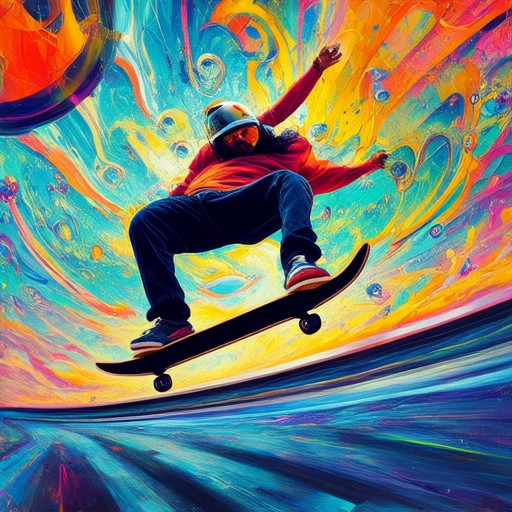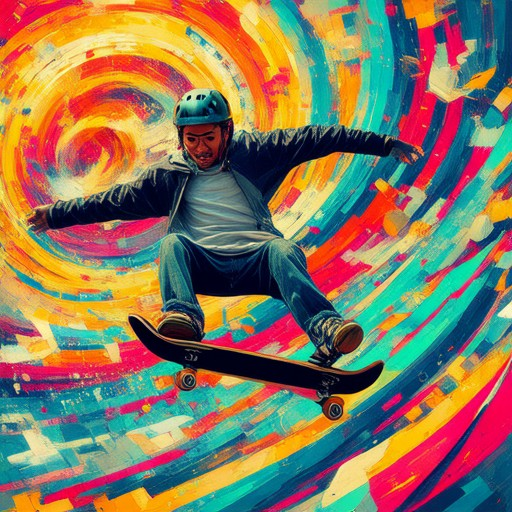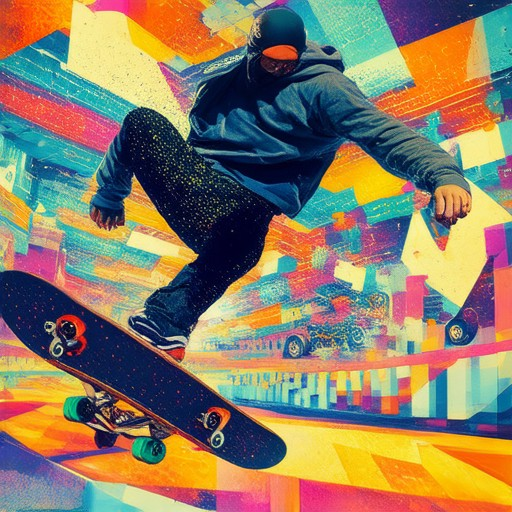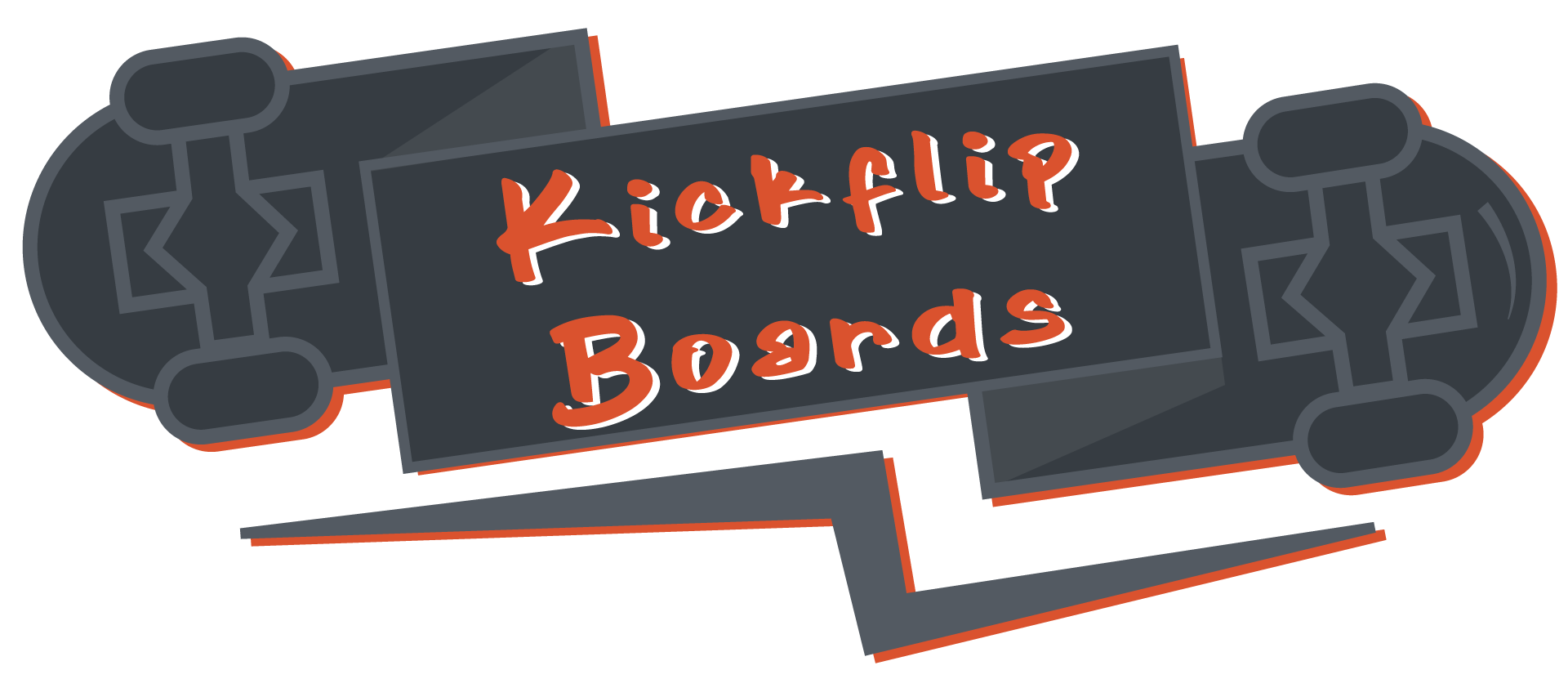Skateboarding offers an exhilarating way to express creativity and stay active, but for beginners, mastering the perfect setup can seem overwhelming. Whether you’re new to the sport or looking to improve your skills, understanding the basics of skateboard setup is crucial for a smooth and enjoyable experience. From selecting the right board size to ensuring your trucks and wheels are properly aligned, getting started can feel like navigating a maze of options. This guide will walk you through the essential components of a proper skateboard setup, offering step-by-step instructions and tips to help you build a foundation that supports both stability and maneuverability. Whether you’re exploring cruiser boards or hardboards, we’ll cover everything you need to know to get rolling confidently. Don’t let setup challenges stand in your way—read on to discover how to create a setup that suits your style and level of expertise.
Key Takeaways
– Choose the right skateboard type for your skill level and riding goals, balancing stability, ease of control, and intended use.
– Select high-quality components like decks, wheels, trucks, and bearings to optimize performance and comfort.
– Prioritize safety gear to protect yourself during falls or collisions.
– Consult local shops or online resources to find the perfect skateboard setup tailored to your needs.

How Should A Beginner Start Skateboarding?
Starting skateboarding as a beginner can be an exciting journey, but it requires the right approach to ensure safety and progress. Here’s a step-by-step guide to help you get started:
- Choose the Right Equipment
- Get a proper skateboard suited for your skill level.
- Pick comfortable skate shoes with supportive cushioning.
- Invest in protective gear like knee pads and elbow pads.
- Learn the Basics of Technique
- Start with a stable stance and keep your body centered over the board.
- Push off with your non-dominant foot and glide smoothly.
- Balance is key – stay low to the ground and shift your weight as needed.
- Practice turning techniques like ollies and kick-flips gradually.
- Focus on Safety
- Always wear protective gear, especially when learning.
- Find a safe place to practice away from busy areas.
- Be aware of your surroundings and watch out for other skaters.
- Join a Community
- Visit your local skatepark to meet fellow skaters and learn from their experiences.
- Watch tutorials on platforms like YouTube for additional tips and tricks.
- Join online forums or communities like Kickflip Boards Forum to share progress and ask questions.
- Maintain Your Board
- Regularly clean and inspect your skateboard for damage.
- Replace worn-out parts like wheels and bearings as needed.
- Keep your shoes clean and dry to maintain traction.
Remember, patience and practice are key. Don’t rush to try advanced tricks until you’ve mastered the basics. Get out there and enjoy the ride!
How to Assemble a Skateboard for Beginners
Assembling a skateboard can seem overwhelming at first, but with the right tools and guidance, it becomes a manageable process. Below is a step-by-step guide tailored for beginners:
Gather Materials
Before starting, ensure you have all the necessary components:
- Skateboard deck
- Trucks (two)
- Wheels (eight)
- Bearings (eight)
- Bushings (usually eight)
- Skrewdrivers and wrenches
- Pads (optional)
- Safety gear (helmet, knee pads)
Build the Deck
Start by attaching the trucks to the deck using the provided screws and wrenches:
- Place the trucks on opposite sides of the deck
- Align them straight and tighten the screws evenly
- Ensure the trucks are level for stability
Assemble the Truck
Now, attach the wheels to the trucks:
- Insert the wheels into the truck hubs
- Thread the bearings onto the axles
- Use the wrench to tighten the bearings securely
Install Bearings
Set the bearings snugly in the wheel hubs:
- Grease the axle before inserting the bearing
- Thread the axle through the bearing
- Tighten until the wheel sits flush
Add Bushings
Install bushings to the trucks for better control:
- Place the bushings in the truck’s kingpin hole
- Secure them tightly using the provided hardware
Test the Board
Once everything is assembled, test the skateboard:
- Place the board on a smooth surface
- Push the board forward gently
- Check for any wobbling or instability
- Adjust the trucks if needed for better balance
By following these steps, you’ll have a fully functional skateboard ready for your adventures. Remember to always wear protective gear when skating and stay safe on the road.
Kickflip Boards offers comprehensive guides and video tutorials for further assistance. Visit our Guides Section for more details. Explore our Video Tutorials for visual learning experiences.

What is a 50/50 Skateboard Trick?
The 50/50 is a popular skateboard trick that involves riding over a 50-foot gap between two parallel rails. It’s named after the distance between the rails, which is typically 50 feet apart. This trick requires precision, timing, and control to execute successfully.
Setup
- Board and Trucks : Use a skateboard with soft wheels to absorb shock. Position the board close to the edge of the ledge or rail, ensuring the front truck is aligned above the gap.
- Gap Preparation : Check the height and width of the gap to ensure it matches your skill level. Wider gaps are more challenging.
Approach
- Ollie onto the Gap : Start by ollieing the board onto the gap. Time your ollie so the board lands on the nose with a slight back-foot pressure.
- Balance on the Board : Once on the board, maintain balance by keeping your knees bent and feet slightly apart. Stay centered to avoid tipping.
- Execute the Kickflip : After landing, perform a kickflip by flicking the back foot. Keep your legs straight and body in line for rotation.
Key Elements
- Timing : Perfect timing is essential for the board to land correctly.
- Weight Shift : A subtle back-foot weight shift helps guide the board onto the gap.
- Stability : Stay focused on your stance and body position to maintain balance.
Progression Tips
- Practice Manual : Build strength and control with manual exercises.
- Master the Ollie : Practice ollies on flat ground before attempting the trick.
- Combine Moves : Gradually combine ollie and kickflip motions.
The 50/50 is a challenging yet rewarding trick that combines technical skill and creativity. With practice and patience, you can master this iconic maneuver.

What Kind of Skateboard Should a Beginner Get?
Choosing the right skateboard for a beginner involves considering factors like stability, ease of control, and intended use. Here’s a breakdown of the options:
- Cruiser Skateboard : Ideal for beginners due to its larger wheelbase and wide stance, making it stable and easy to balance. Suitable for short-distance commuting and smooth surfaces.
- Longboard : Best for those interested in cruising around parks or longer distances. Offers more stability and speed, though it may take some practice to master.
- Regular Skateboard : A standard option for learning basic tricks and maneuvers. Good for skaters who want to progress towards more advanced techniques.
- Penny Board : A compact, lightweight option perfect for portability and tricks. However, it requires more balance and is recommended for intermediate riders.
Considerations :- Safety : Opt for soft wheels and a cushioned deck for better shock absorption.- Location : Choose based on where you’ll primarily skate—town or skateparks.- Budget : Consider used boards or starter sets with accessories.
Starting with a cruiser or regular skateboard offers a solid foundation for learning. As confidence grows, exploring longboards or penny boards can be enjoyable.
Essential Components for a Proper Skateboard Setup
The foundation of a successful skateboard setup begins with selecting the right components. Here’s a breakdown of the essential elements needed for a proper setup:
- Deck : Choose a deck size and type that suits your skill level and riding style. A cruiser deck offers stability, while a regular or longboard deck provides more maneuverability. Sizes range from 7.5″ to 9.25″, with 8.25″ being a popular choice for all-around use.
- Wheels : Wheels come in various sizes (usually 51mm to 53mm) and hardness levels. Soft wheels offer better grip but wear faster, while harder wheels last longer and roll faster. Choose based on your riding surface and personal preference.
- Trucks : Trucks are available in different sizes and shapes. Small trucks (like 50-60mm) are ideal for lighter riders and smoother turns, while larger trucks (70-80mm) handle heavier weights and provide more stability. Adjust the kingpin tension for control.
- Bearings : High-quality bearings ensure a smooth ride and prevent wheel wobble. Replace them regularly to maintain optimal performance.
- Safety Gear : Essential items include a helmet, wrist guards, elbow pads, and knee pads. These prevent injuries during falls or collisions.
For a complete setup, consider visiting a local skate shop or using online resources like this guide for professional assembly and tuning advice. Customizing your setup to fit your riding style ensures a comfortable and responsive experience.
Remember, the perfect setup balances stability and maneuverability, making it easier to learn and progress as a skateboarder.

What Are the Essential Components Needed for a Proper Skateboard Setup for Beginners?
Deck
The foundation of your skateboard setup is the deck. For beginners, choose a stable and durable option like the Santa Cruz Classic . A cruiser or regular board works well, offering a balance between stability and maneuverability.
Wheels
Soft or medium-hard wheels are ideal for beginners. They provide excellent grip and durability. Consider options like the Element Grind Time , known for their traction and longevity.
Trucks
Trucks hold the wheels and allow for turning. Medium looseness is recommended for better control. Check out Thunder Trucks for high-quality, responsive designs.
Bearings
High-quality bearings ensure a smooth ride and prevent wheel wobble. Use Bones Bearings for their durability and performance.
Safety Gear
Protective equipment is crucial. Get a helmet, gloves, and knee pads to stay safe while learning. Brands like Triple Eight offer reliable and comfortable options.
Finding the Right Setup
Visit local skate shops or online platforms like Kickflip Boards to explore different setups. Ask for advice from experienced skaters to fine-tune your setup.
Conclusion
A proper skateboard setup combines stability, comfort, and control. Prioritize quality components like decks, wheels, trucks, and bearings to enjoy a seamless and safe riding experience. Always wear protective gear and take it slow when learning!




0 Comments